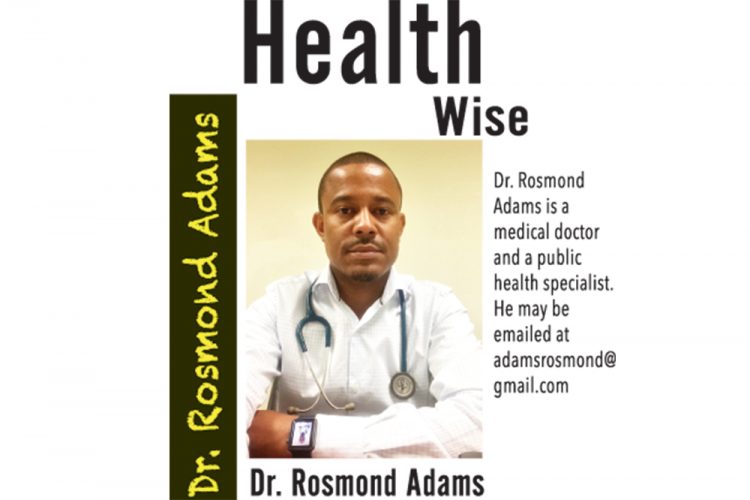The omicron variant -what’s the difference?

As with previous variants, the vast majority of people infected with omicron have a mix of symptoms that resolve relatively quickly and don’t require hospital care. Doctors are finding that many of these cases tend to look like an ordinary upper respiratory infection. In other words, most cases present with signs and symptoms similar to the common cold. In many cases, fever and cough are not as prevalent with the omicron variant. The top five symptoms are runny nose, headache, fatigue, sneezing and sore throat.
With omicron, the symptoms also come on more quickly once you’re infected. Several studies have found that the incubation period — the time it takes to develop symptoms after being exposed — is about three days. In contrast, delta took about four days, and the original variant took more than five.
Another difference that doctors are noticing is that the loss of smell and taste that is considered a telltale sign of COVID-19 is not nearly as common with omicron infections. Fewer patients have symptoms related to lower respiratory problems, such as shortness of breath. Other signs and symptoms that have been showing up with this variant are nausea, night sweats and lower back pain.
Like earlier variants, omicron can’t be defined as causing only a narrow group of symptoms. As at earlier stages in the pandemic, many patients are still having some combination of fever, gastrointestinal problems, aches and pains, brain fog, weakness and, less often, trouble breathing. In general, there are no specific signs that may point or differentiate the variants. Omicron can present in a myriad of different ways.
People who had breakthrough infections, that is people who have been vaccinated against COVID-19, tend to have fewer symptoms and milder ones than those who were unvaccinated.
As we continue to fight against COVID-19, it is important for us to continue to adhere to the public health measures and to be vaccinated as evidence has shown that vaccination reduces the severity of symptoms and the risk of hospitalization.











